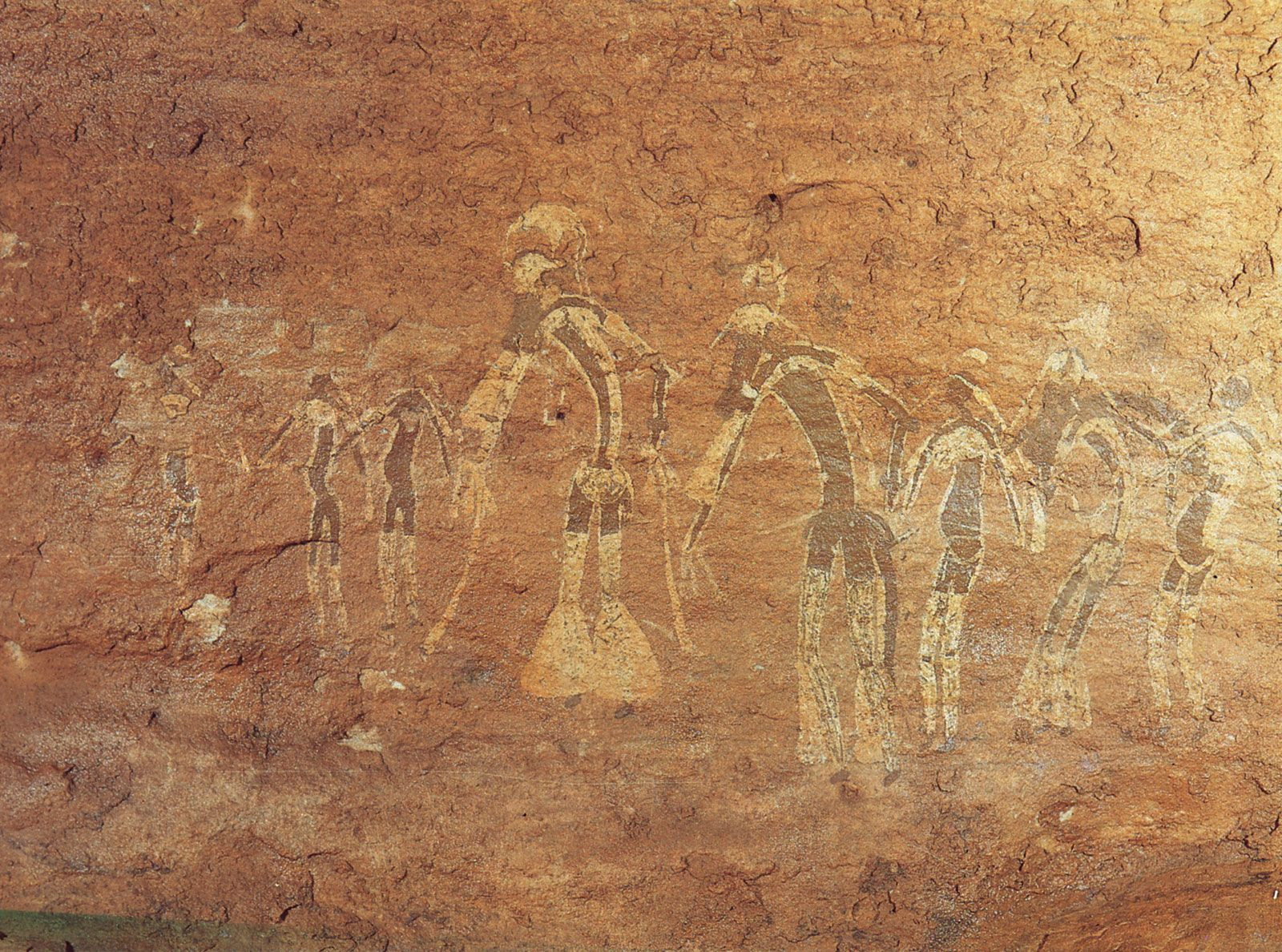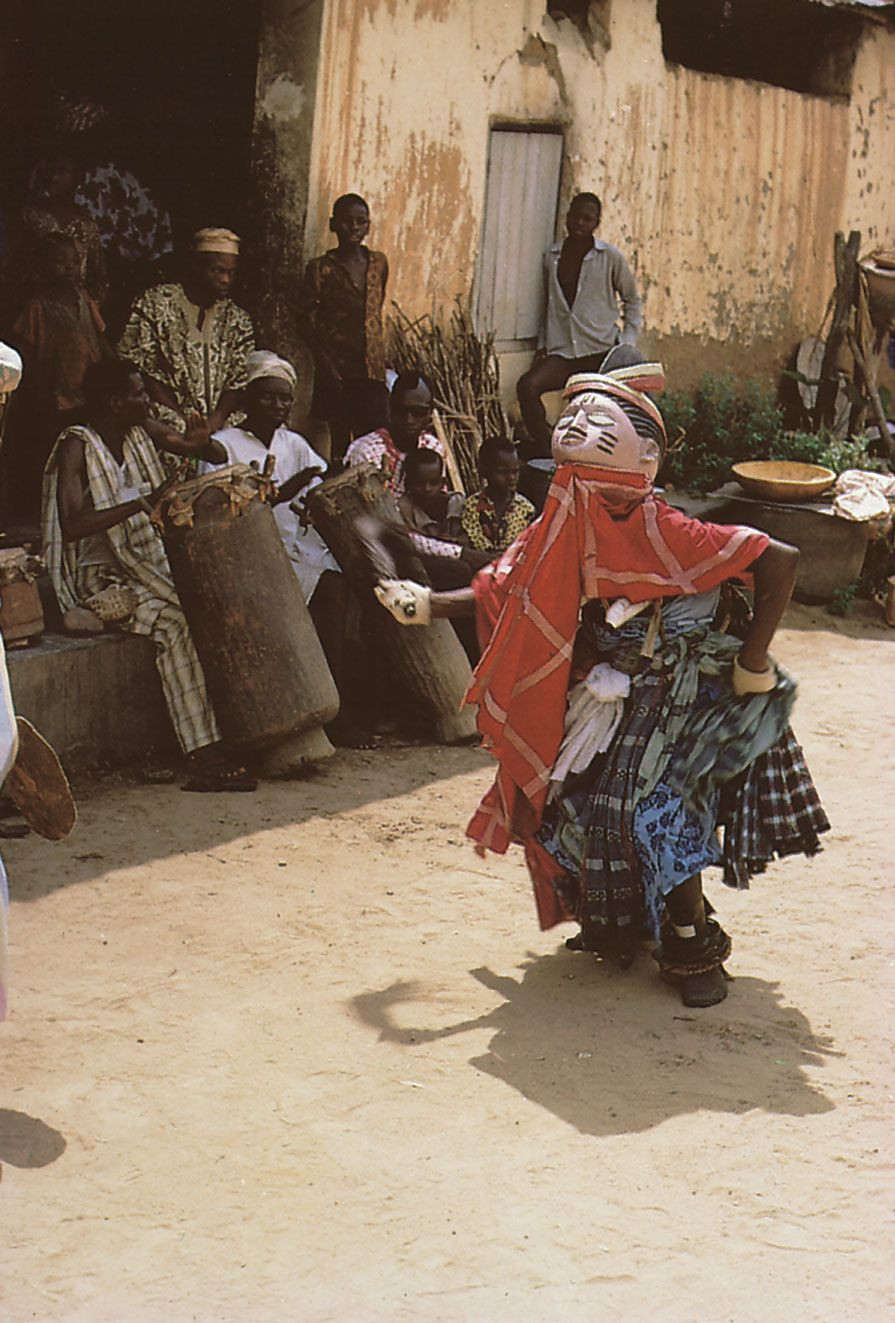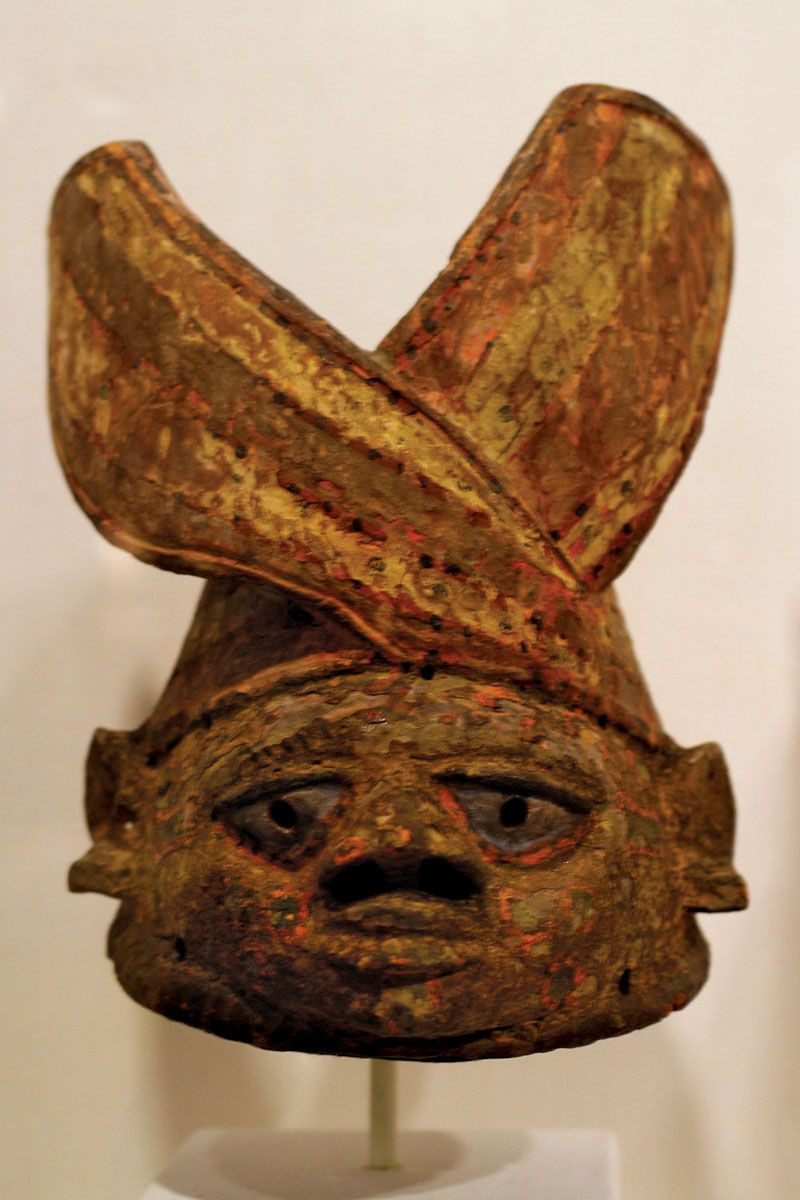African Dance is more than just movement; it’s a powerful performing art deeply embedded within the social fabric of Africa. Intertwining music, theatre, and rhythmic motion, African dance serves as a vital form of communication, celebration, and spiritual expression for communities across the continent. Understanding African dance requires appreciating its diverse forms and the profound cultural significance it holds.
 Ancient rock art depicting an African dance performance, showcasing the long history of dance in African cultures.
Ancient rock art depicting an African dance performance, showcasing the long history of dance in African cultures.
The Cultural Significance of Dance in African Societies
In African societies, dance fulfills a multitude of social purposes, reflecting the core values and intricate social relationships within communities. Each dance tradition often carries both primary and secondary objectives, contributing to the collective identity and reinforcing societal bonds. To truly appreciate the richness of African dance styles, it’s crucial to understand the specific purpose behind each performance.
Often, the lines between ritualistic observance and social enjoyment blur within dance performances. These purposes seamlessly merge, as exemplified by the awe-inspiring appearance of the Efe mask during the Gelede ritual festival among the Ketu-Yoruba people of Nigeria and Benin. At the stroke of midnight, the masked figure emerges, captivating the expectant community with powerful incantations intended to appease spiritual forces. The dancer then transitions into a vigorous, stamping dance, honoring the revered Earth Mother and the esteemed women elders of the community. The performance evolves as the dancer pauses to acknowledge and praise individuals of high social standing, meticulously respecting their hierarchical order. In this way, a ritualistic act transforms into a social declaration, which then gracefully transitions into recreation as the formal Gelede dance troupe yields to spontaneous participation from the audience until the break of dawn. The prominent Efe figure takes center stage, entertaining onlookers with narratives that humorously and satirically address societal misbehavior observed within the community throughout the preceding year.
 A Gelede masquerader in vibrant costume performing a dance in the courtyard of a Nigerian palace, highlighting the theatrical aspect of African dance.
A Gelede masquerader in vibrant costume performing a dance in the courtyard of a Nigerian palace, highlighting the theatrical aspect of African dance.
The deeper the concept conveyed through a dance, the greater the audience’s appreciation becomes. This heightened appreciation translates into increased expectations for skillful execution and movements that authentically embody the dance’s purpose. Dance is not only valued as a social gathering but also cherished as an intrinsically enjoyable activity, offering entertainment and pleasure as a vivid expression of communal life. It strengthens social cohesion and provides a platform for shared cultural experiences.
 An intricately carved Gelede mask from Yoruba culture, Nigeria, showcasing the artistry associated with African dance traditions.
An intricately carved Gelede mask from Yoruba culture, Nigeria, showcasing the artistry associated with African dance traditions.
The Religious Context of African Dance
Traditional African belief systems are deeply rooted in a worldview that emphasizes constant interaction between the spiritual realm and the human community. Spiritual entities may reside within natural elements or animals and can also possess human mediums. This spiritual possession is typically temporary and ritualistic, as observed when a priest of the Yoruba deity Shango enters a profound trance during the annual festival. In this state, the priest embodies the wrath of the thunder god, manifesting it through lightning-fast arm movements and powerful shoulder rolls. Similarly, in Zimbabwe, Mhondora spirit mediums, who connect the Shona people with ancestral guardian spirits, enter a trance induced by the mesmerizing music of the mbira lamellaphone. They sing to the mbira‘s melodies while performing simple, repetitive foot patterns. These ritual dances performed by priests and mediums serve to solidify their spiritual authority and leadership within their communities.
Dance also serves as a therapeutic tool within ritual societies across many African cultures. For instance, Hausa women find healing through dance and spirit possession within the Bori cult. Among the Jukun people of Nigeria, a comparable organization known as the Ajun assists women experiencing emotional distress by exorcising malevolent spirits during initiation ceremonies. Over a three-month period within a dedicated house shrine, the afflicted woman learns songs and dances designed to have a therapeutic effect, culminating in a public ceremony where the initiate joins members of the society in performing the Ajun-Kpa dance. The female spirit mediums of the Kalabari people in the Niger Delta also utilize dance and song as essential components of their healing practices, and are revered for their therapeutic abilities.
Many African religions are founded on the principle of continuity between the living and their deceased ancestors. In certain cultures, ancestors are believed to return as masquerade performers to offer guidance and judgment to the living. The intricate network of human relationships is continuously revitalized and reaffirmed at ritual festivals through various art forms, with dance playing a central and indispensable role. These performances ensure the cyclical renewal of community bonds and cultural heritage.
In conclusion, African dance is a multifaceted art form that transcends mere entertainment. It serves as a cornerstone of social life, a powerful medium for religious expression, and a vital link to cultural heritage and spiritual beliefs. From community celebrations to sacred rituals, African dance embodies the dynamism and profound depth of African cultures, offering a vibrant testament to the continent’s rich artistic traditions.
